In a world dominated by screens, finding the right balance for your child’s playtime is crucial. Discover the transformative power of screen-free toys and why they’re not just playthings but essential tools for your child’s development.
#1. Boosts Creativity and Imagination
Encouraging children to use their imagination and formulate unique ideas, hands-on learning toys foster an environment where they can build, create, and explore. In this way, by allowing freedom for creativity, these tools become indispensable in a child’s developmental journey.
These toys liberate children to think innovatively: they need not adhere strictly to predetermined solutions or guidelines; instead, unique and original ideas are encouraged–a vital aspect of cognitive development. From intricate structures to artistic masterpieces, these toys get them embracing their imaginations.
Moreover, these toys cultivate creativity through an immersive experience; they differ significantly from other electronic gadgets or passive modes of entertainment. Children engage actively in the process, acquiring and honing critical thinking skills along their journey.
Additionally facilitating exploration for children, hands-on learning toys allow them to experiment with an array of materials and techniques–a process that cultivates their problem-solving abilities while amplifying creativity.
Therefore, you should opt for toys that present open-ended play prospects; such types of toys foster creative thinking. Why would one need Sudoku–a game limited in its challenges–when they could instead test their problem-solving skills with an array of interactive and versatile toys?
#2. Develops Problem-solving Skills
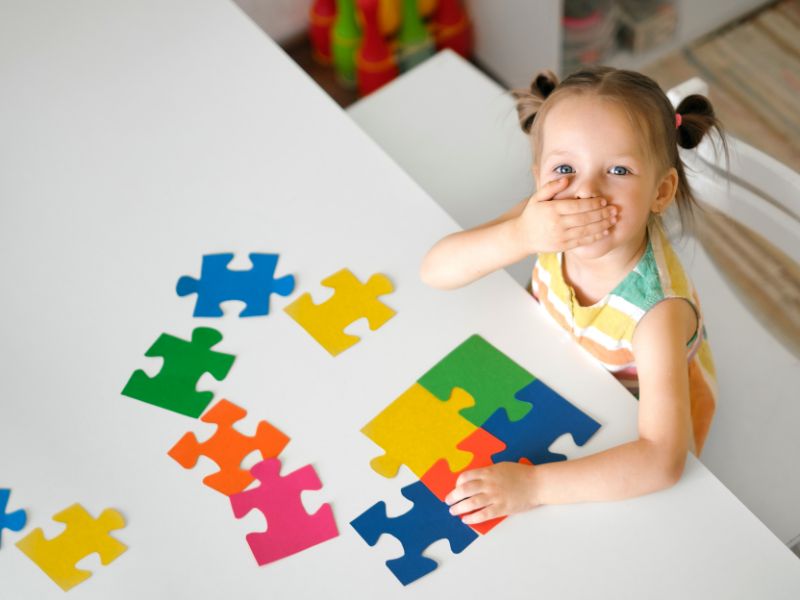
- Critical Thinking: Children often need to think critically and discover solutions to challenges when engaging with hands-on toys. By evaluating possibilities and formulating decisions, these experiences enhance their capacity for reasoned thought: a vital skill in the complex world we inhabit.
- Creativity: Playing with hands-on toys unleashes a child’s imagination, enabling them to conceive unique ideas. These toys lack fixed rules or instructions which encourages thinking outside the box and devising creative problem-solving strategies.
- Perseverance: The importance of resilience becomes evident to children as they engage with hands-on toys. In facing challenges or setbacks, these experiences instill in them the ability to persist–to keep trying different approaches until a solution is found.
- Cognitive skills: Tactile toys actively stimulate the development of cognitive skills by engaging multiple senses; in turn, this engagement enhances memory, attention span – and overall cognitive abilities.
These toys, in fact, cultivate an environment where children can learn from their mistakes and the fear of failure; this fosters a growth mindset that actively welcomes learning through errors as an integral part of problem-solving.
#3. Enhances Fine Motor Skills
In case that you are wondering, fine motor skills are the ability to make movements using the small muscles in our hands and wrists. Children develop those skills through manipulating small objects, constructing structures, and engaging in hands-on activities. These abilities prove crucial for tasks like writing, buttoning clothes; even tying shoelaces require these indispensable capabilities.
There are lots of toys that embrace this skill set. For one, while being safe to the touch, cotton rattles are also a combination of sound and touch that becomes a developmental delight, stimulating babies with fine motor skills through their engaging sound and contrasting colors. Through these repetitive movements, they gain control over the muscles in their hands. Additionally, puzzles are also hands-on activities enabling babies to manipulate small objects with precision. They refine their hand-eye coordination and strengthen their fingers.
Fun fact: Engaging in hands-on activities allows children to utilize their dominant and non-dominant hands. The resultant bilateral movement–a crucial aspect of coordination development between the two hands–also aids in building muscle memory for comparable tasks.
#4. Promotes social interaction
Active, hands-on engagement with interactive toys often necessitates collaboration and interaction: this dynamic process fosters the development of crucial social skills. Specifically, it equips children to share graciously; navigate turn-taking scenarios adeptly–a key aspect in fostering teamwork–and communicate with their peers effectively.
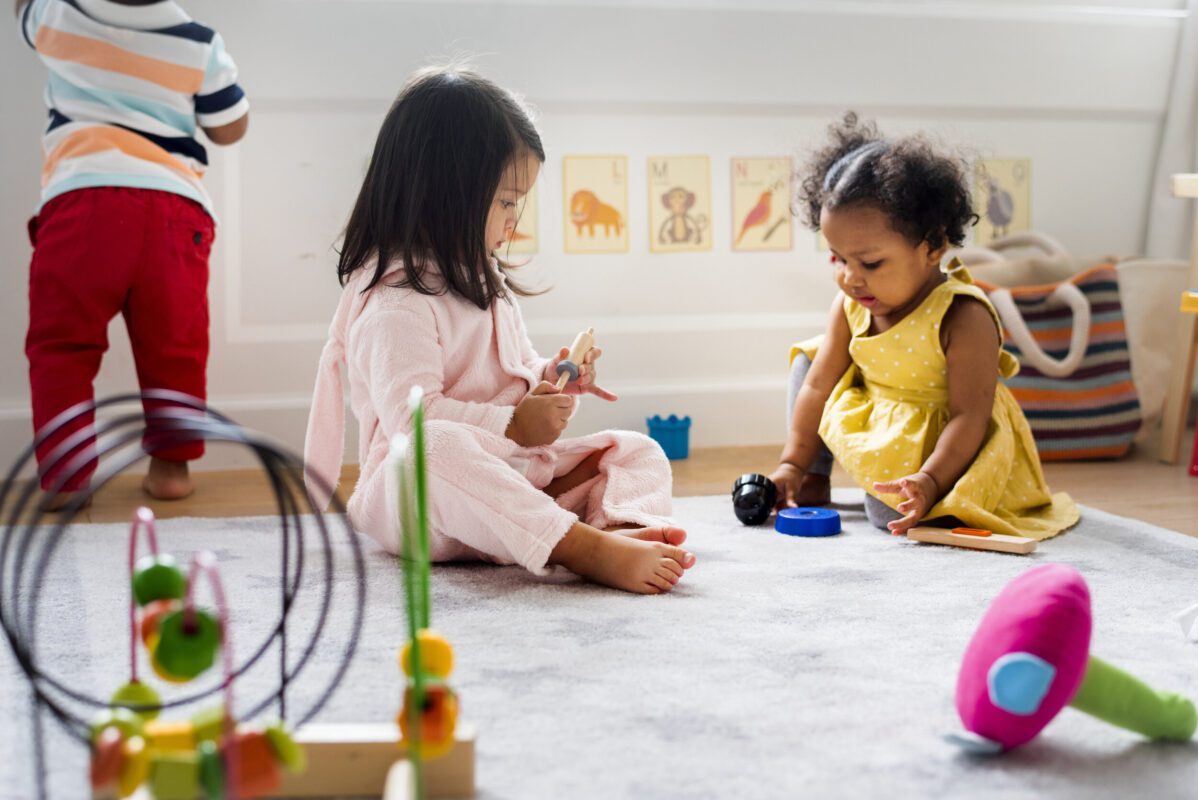
Not only do children derive joy from playing with hands-on toys, but they also acquire crucial social skills. These interactive playthings facilitate the learning of collaboration: an integral part in teamwork – turn-taking which instils fairness and consideration for others–and sharing–a fundamental aspect necessary for societal integration.
Moreover, communication is honed through these activities; thus enhancing a child’s ability to express themselves effectively. Additionally–these engaging tools also serve as catalysts for forming new friendships: an essential aspect of healthy childhood development.
#5. Fosters Cognitive Development
Did you know that foundational knowledge in subjects such as math and science could also be cultivated by screen-free play? Through these manipulatives, they develop an understanding of cause-and-effect relationships along with patterns, shapes, and colors; thus laying a robust groundwork for future learning endeavors.
These instruments create an environment where minds can probe, learn about cause and effect, discern patterns–identify shapes and colors. As they actively engage with the physical world: observing and analyzing their actions’ consequences; this trial-and-error process enhances logical reasoning–ultimately improving problem-solving capabilities.
#6. Reduces Screen Time
Today’s digital age is dominated by screens. Children constantly engage with smartphones, tablets, and laptops for entertainment and learning. However, excessive screen time can detrimentally affect their physical and mental well-being. That’s why hands-on learning toys are the perfect alternative.
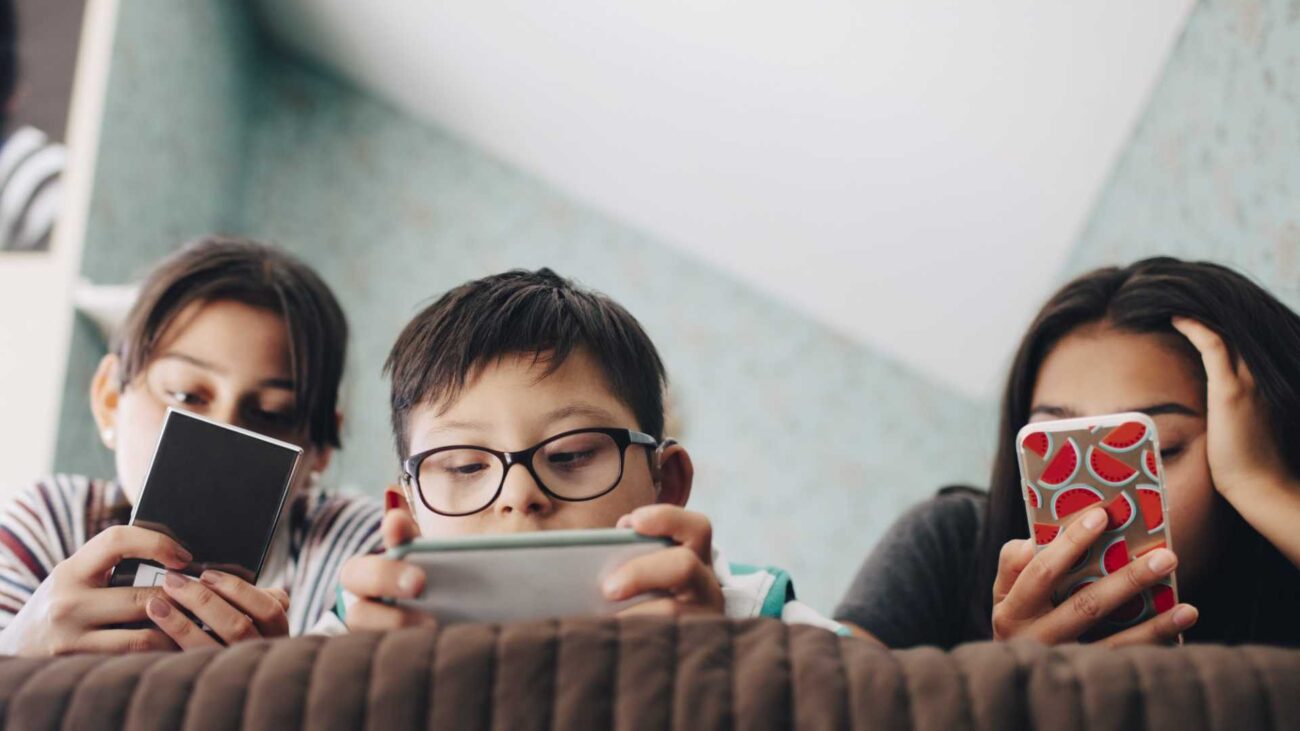
Compared to digital gadgets, hands-on learning toys indeed offer a more interactive and immersive experience: children can physically manipulate objects; build structures–engaging their senses in the process. Such stimulation not only spurs creativity but also critical thinking–encouraging development across various brain regions.
The Bottom Line
Screen-free toys aren’t just an alternative to screen time; they are essential contributors to your child’s holistic development. From unleashing creativity and imagination to fostering social skills and cognitive abilities, these toys offer a multifaceted approach to learning.
After all, a childhood filled with imagination, creativity, and social connection is a childhood well-lived.


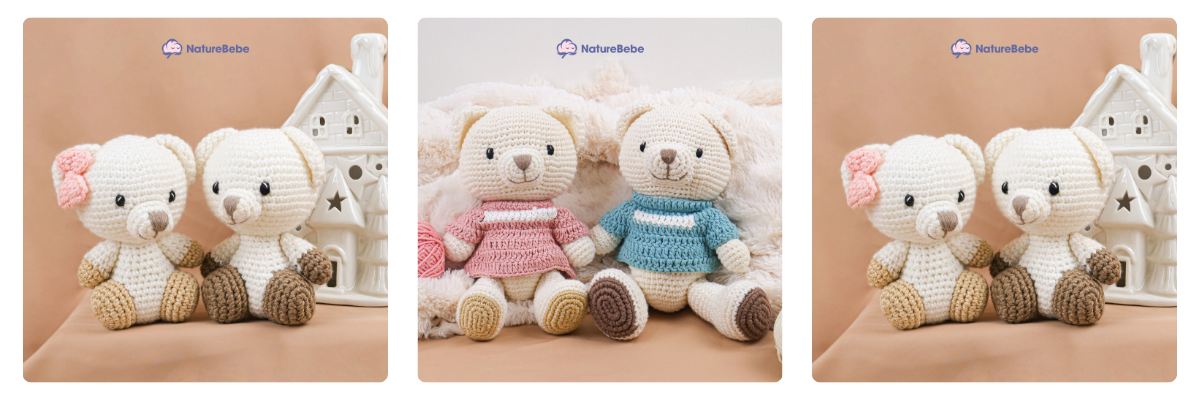



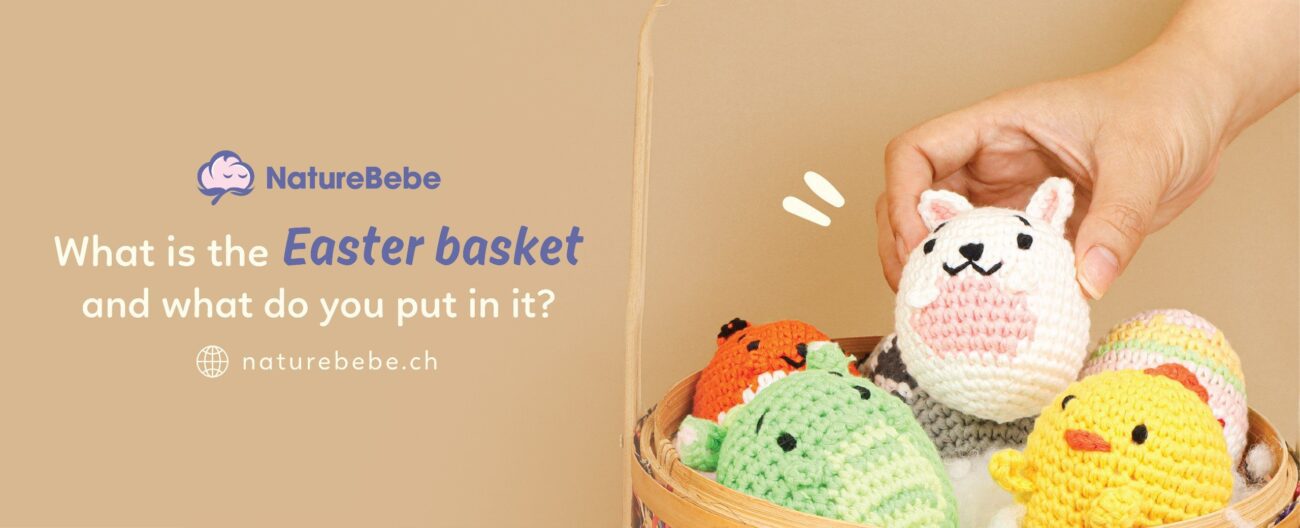

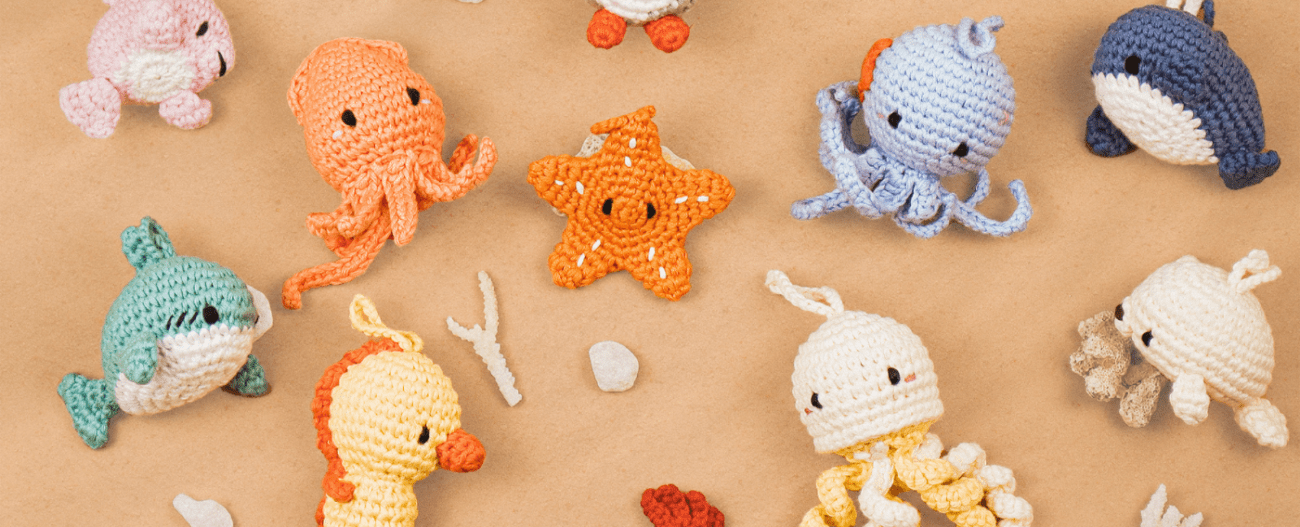





3 thoughts on “6 Powerful Ways Screen-Free Toys Boost Babies’ Development”